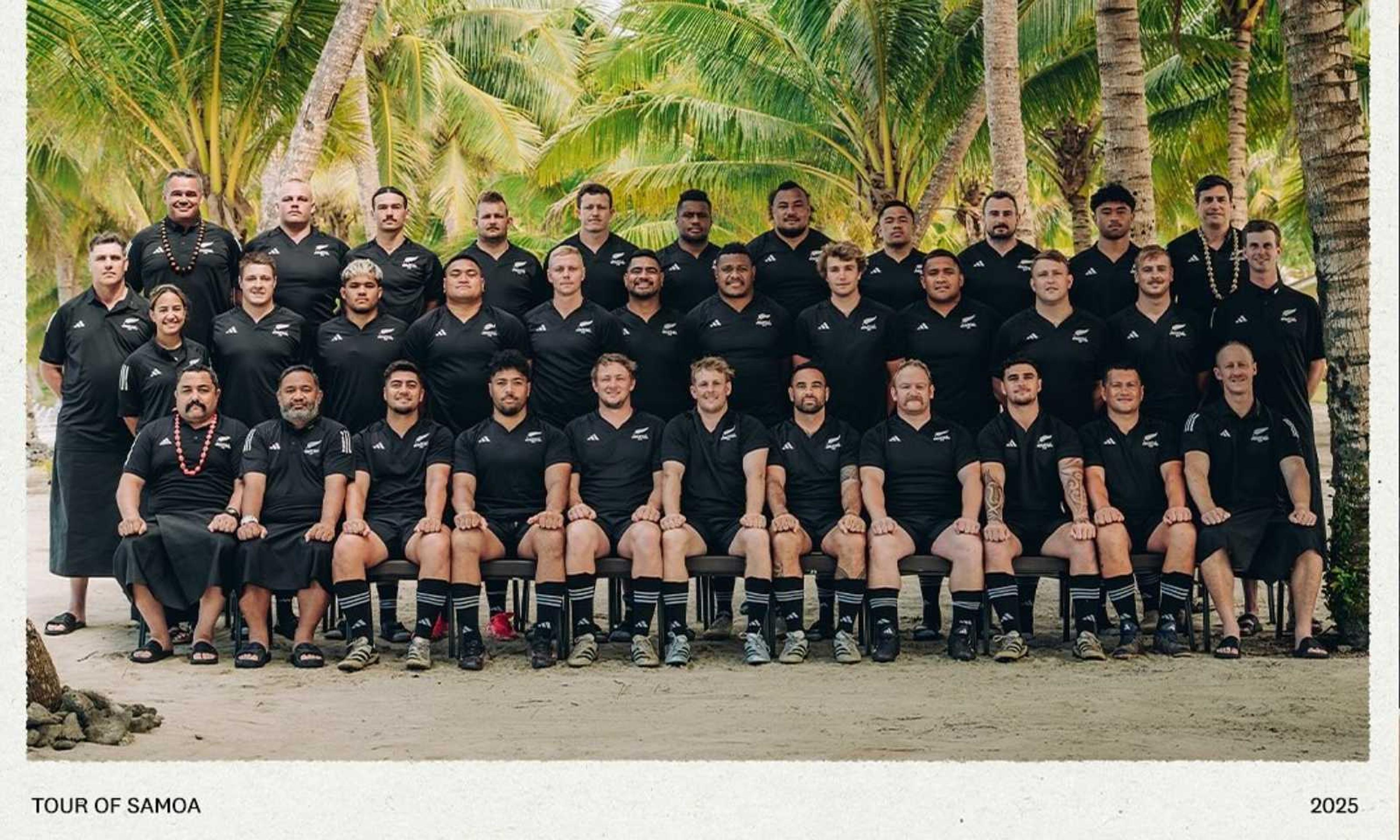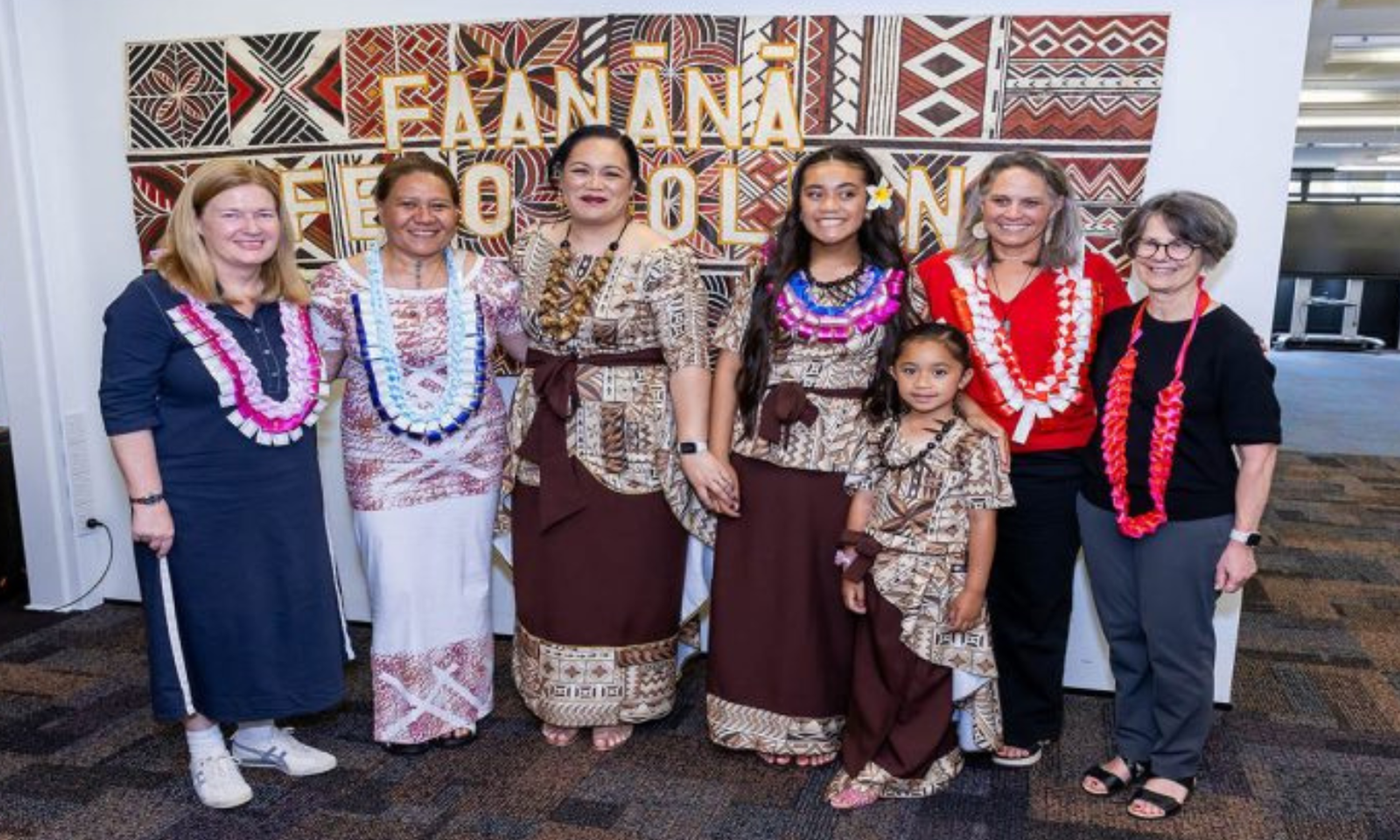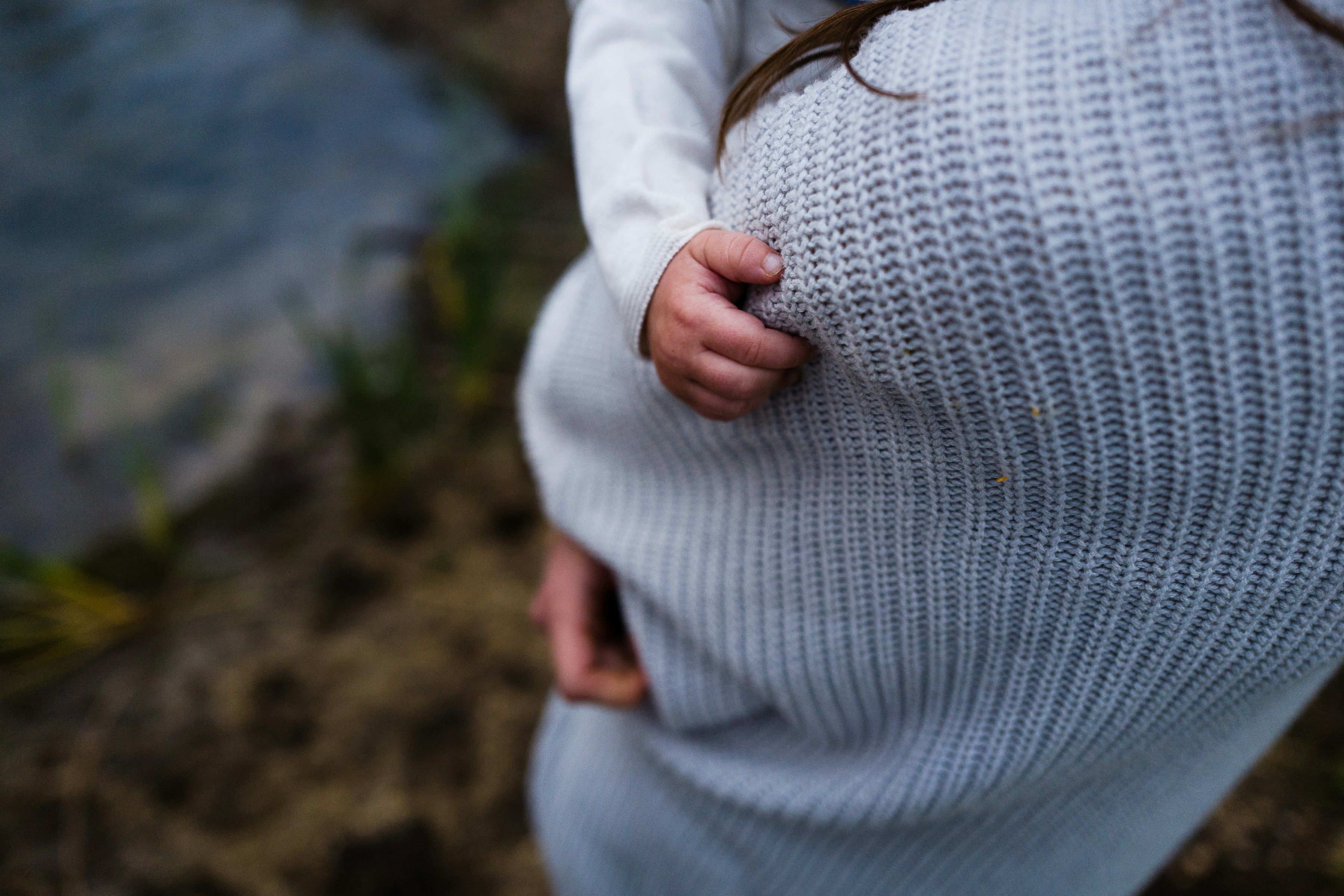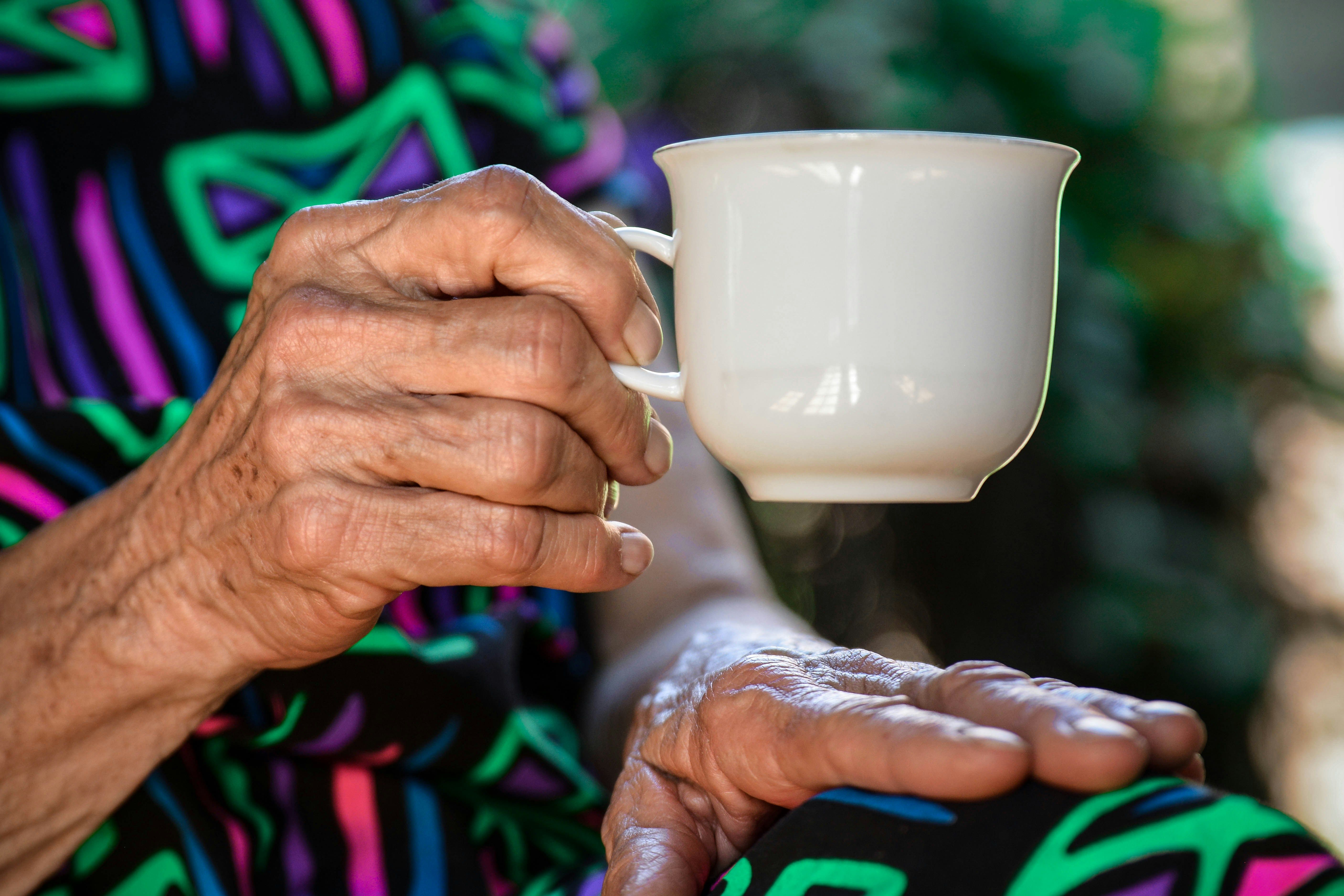

Photo/Kelly Sikkema via Unsplash
Pacific population bucks NZ trends
Sociologist Paul Spoonley says Pasifika communities are younger and more fertile than the national average.


Law expert: US boat strike controversy a lesson for the Pacific

Heartland XV coach reflects on emotional return to Sāmoa



Law expert: US boat strike controversy a lesson for the Pacific

Heartland XV coach reflects on emotional return to Sāmoa

Pacific communities are known for their large families.
People with Pacific heritage make up 8.9 per cent of New Zealand’s current population and this is expected to increase to 11 per cent by 2043.
Massey University emeritus professor Paul Spoonley says Pacific peoples are a significant part of the New Zealand community that will continue to grow.
“So migration began in the 50s really and at the time, there weren't many Pacifica people here in New Zealand, there were 10,000 in 1956 and they've now grown to almost 450,000.”
For countries like Niue, Tuvalu and Tokelau, the population in New Zealand has outgrown that of the homeland, and Spoonley said this is true of other nations.
“In the 2023 census there are 94,000 people who identify as Cook Island Māori and there are only 15,000 people in the Cook Islands themselves.
“So there is migration but you can see that the New Zealand community is now six times larger than the islands’ community.”
However, Spoonley said the growth of one Pacific community is still being driven from offshore.
“Fijian migration to New Zealand is one of the largest migrations from any country, the largest ones are from India and China but Fiji is one of the top five in terms of a source country for migrants.”
Education sector ill-prepared for more diverse future
In the next two decades, one in five children under the age of 15 will have Pacific heritage.
Spoonley said not enough is being done to prepare our education system to support a growing number of Pacific students that will become our future workforce.
“They’re very highly concentrated in areas which have low decile schools. There is certainly increased educational performance for Pacific communities, but there is what Americans would call the ‘left behinds’, the people who are not doing well.
Speaking to William Terite on Pacific Mornings, Spoonley said the harm of Government and policy decisions from the 1970s and 80s still lingered.
“Beginning in 1973 with the overstayer raids and then progressing through to the act that the Muldoon government brought in which stopped some Sāmoans from getting New Zealand citizenship and then the economic reforms of the 80s and 90s.
“Those reforms have produced intergenerational disadvantage for Pacific families, and we might be talking about housing, education, health, criminal behavior, and we’ve got to break that cycle.”

Pacific fertility rates remain high as national average drops below replacement rate. Photo/Jenna Christina via Unsplash
Why having more babies could be good for our future
In 2015, New Zealand’s fertility rate dropped to 1.53 births per woman, meaning we are not having enough children to replace ourselves and migration is now the main driver of population growth .
The median age for a woman to have her first child in Aotearoa is 31.3, but Spoonley said Pacific communities are bucking these trends.
“Pacific communities still have their children much younger, and their fertility rate is still very high and well above replacement level.
“The group that has the highest fertility are Tongans, and it is dropping a wee bit, but over half of all Pacific communities live in households of five people or more.”
On the other end of the age spectrum, average life expectancy rates have grown, sparking conversations on whether the retirement age should be raised.
Spoonley said much more discussion is needed by decision makers on the affordability of an ageing population and their healthcare needs, which could include staggered superannuation eligibility or means testing.
“That does not address the equity issues for Pacific communities, because they will simply not benefit in the same way that other communities will, particularly Pākehā communities, because they don't live as long and they might be doing jobs which involve more injury, more death.
“So perhaps we ought to think about something like the French system, where you have gradation, where the first lot of people can retire at the age of 60 and receive a state pension, then you go up to age 67.”

Paul Spoonley argues inequity should factor in discussions on raising the retirement age.Photo/Claudia Love via Unsplash
As Pacific homeownership rates, health outcomes and wages continue to lag behind the national average, Spoonley said long term debate and action is needed to address societal gaps.
“There's a huge policy issue here, which is the equity of the New Zealand system and its ability to bring the people who are not doing as well as we would expect up to a level which allows them to have a safe, enjoyable, and rewarding life.
“There are a lot of things which are really going in the wrong direction in terms of making sure that we do ensure that Pacific communities have that. They participate economically, they participate politically, they participate in ways that other communities expect, and it is of benefit to us all when we make sure that happens.”